5 conclusions from Milan-San Remo
Lessons learned and observations from La Classicissima
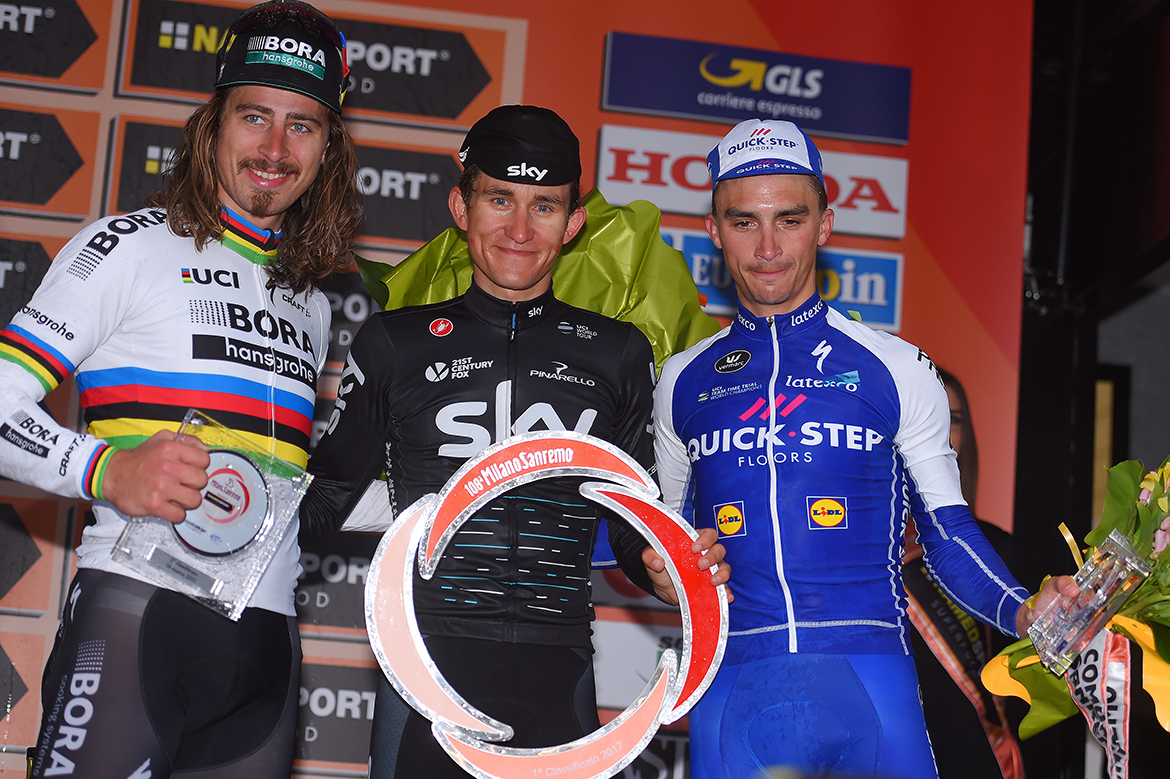
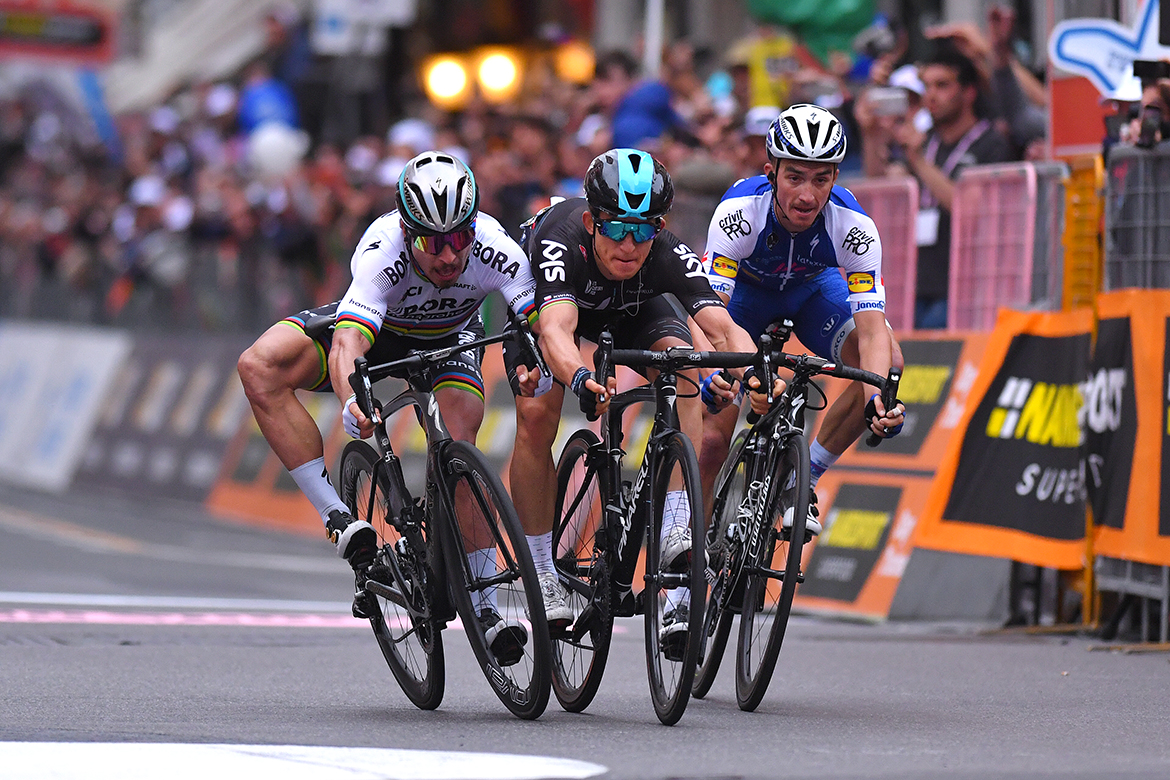
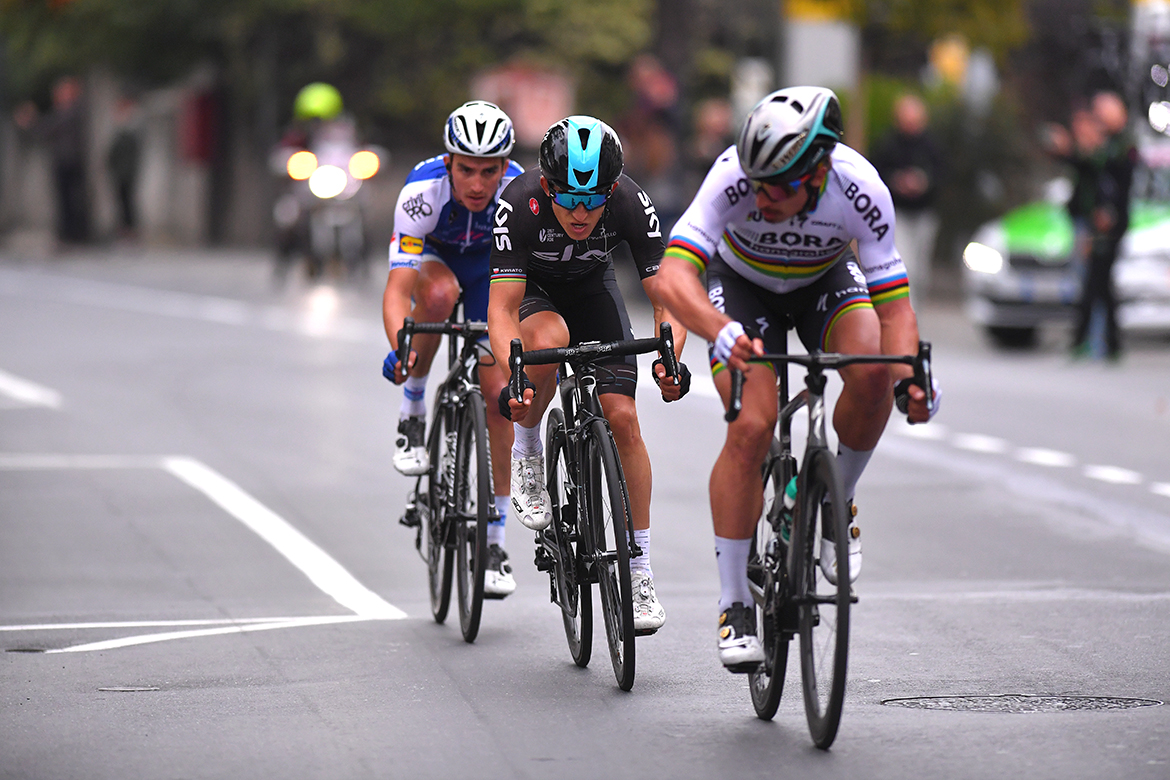
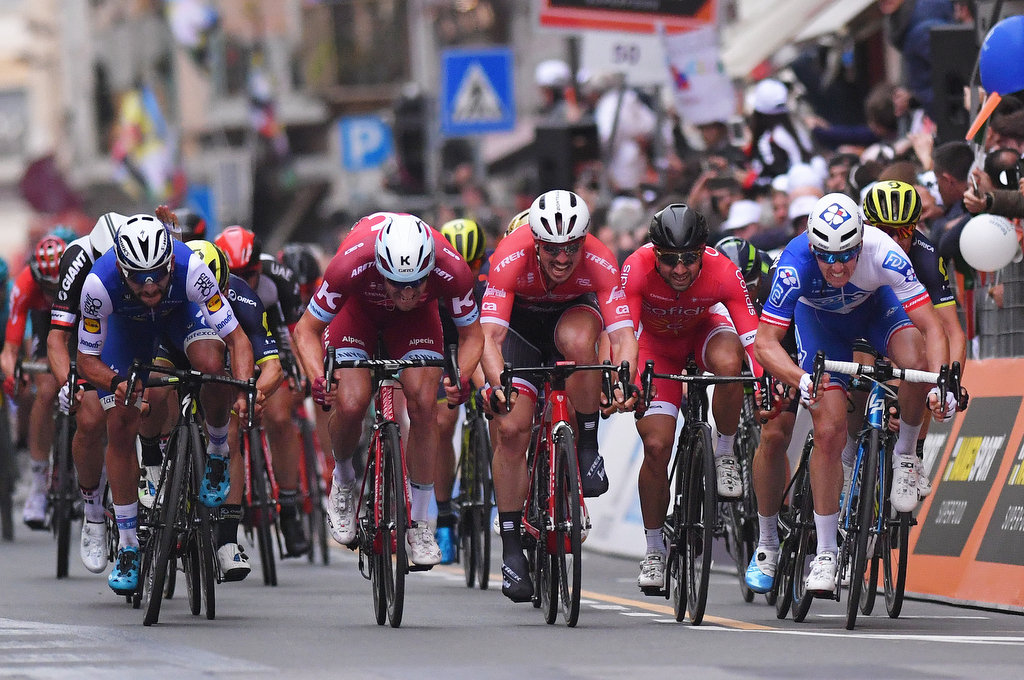
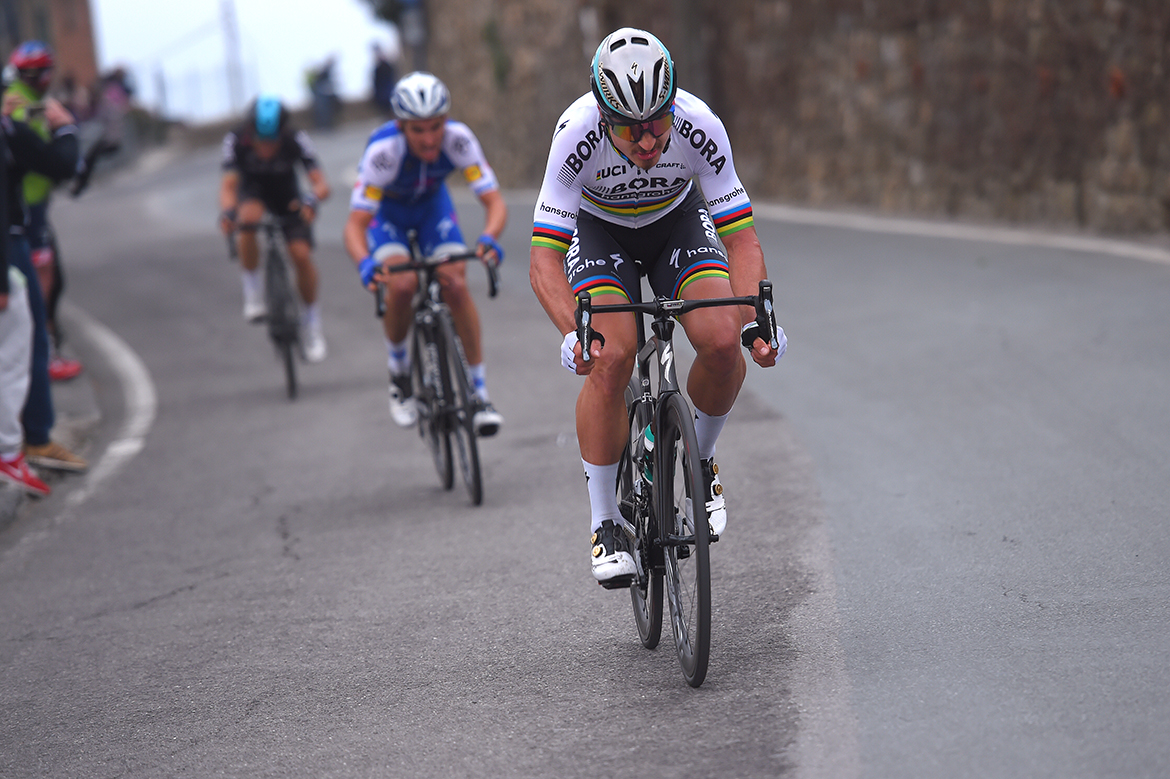
Kwiatkowski trumps Sagan's strength with better race tactics
Peter Sagan (Bora-Hansgrohe) may have been the strongest rider at this year's Milan-San Remo, but Michal Kwiatkowski (Team Sky) was by far the smartest rider in the race and so fully deserved his victory.
While so many other riders were caught out by Sagan's powerful attack in the final kilometre of the Poggio or simply lacked the legs to go after him, Kwiatkowski was in the right place at the right moment and had the watts and the courage to go across to the world champion.
Once on his wheel Kwiatkowski played his cards perfectly, while Sagan was more like a bull in a China shop, his strength and confidence blinding him to the dangers his rivals posed. Sagan clearly thought his two aces - being the strongest and on paper the fastest finisher - was a winning hand. He was wrong.
Kwiatkowski had three trump cards that bettered Sagan’s aces: the self-confidence that Sagan was beatable - garnered from racing against Sagan since they were juniors - the possibility to avoid doing a lot of work because sprinter Elia Viviani was sitting in the chasing pack, and finally the ability to beat Sagan if he got his sprint 100 per cent right.
Sagan's attack on the Poggio was admirable, but Kwiatkowski riding and finesse was sublime and perfectly played. When the cards were put on the table, Kwiatkowski's hand proved to be just that little bit stronger. He won by a matter of inches and so he, instead of Sagan, was able to celebrate winning the first Monument Classic of the season.
In San Remo – a city famous for its casino – Kwiatkowski beat the odds, beat Sagan and won.
Get The Leadout Newsletter
The latest race content, interviews, features, reviews and expert buying guides, direct to your inbox!
Sagan is no cannibal and second place makes him more endearing
Peter Sagan took defeat at Milan-San Remo far better than many others who have finished second on the Via Roma. He congratulated Michal Kwiatkowski, smiled on the podium and even argued that it was more important to put on a show than win the race.
Sagan managed to hide any trace of anger or disappointment, but he must know that he had again a great chance to win La Classicissima. He has now ridden the Italian Monument seven times and has so far failed to get it right on the big day. He was second to Gerald Ciolek in 2013 and has finished fourth in 2012 and 2015.
Sagan's race statistics are incredible but also revealing: he has ridden 558 races, won 92 races and finished on the podium 204 times. Saturday was his 78th second place of his career. Imagine if just a few of those had been victories. He really would be the Eddy Merckx of his time.
Fortunately Sagan is not just a cannibal. He clearly enjoys racing as much as winning. That is a refreshing attitude and endears him to fans around the world.
All the sprinters miss out
A group of 50 riders finished just five second behind Kwiatkowski, Sagan and Julian Alaphilippe (Quick-Step Floors) on the Via Roma on Saturday. However, they were all disappointed and defeated, conceding there was little they could do against a rampant Sagan on the Poggio and the ability of Kwiatkowski and Alaphilippe to go across the gap.
Alexander Kristoff won the sprint to the line for fourth place but it only earned him the first slot in the showers on the Katusha-Alpecin bus. The race and the story of the day was Sagan's attack and his defeat at the hands of Kwiatkowski.
Sagan's surge and the ability of Kwiatkowski and Alaphilippe to go with him, prove that Milan-San Remo is far more than just a sprinter's race.
Don't change a perfectly balanced route
Milan-San Remo is the longest professional race on the WorldTour calendar and also the most boring until the action explodes in the finale. Yet it is always worth the wait. Milan-San Remo is a slow burner that explodes at the very end. It is like a poorly lit firework that ends with deafening bang and a stunning light show. The adrenaline rush of the final kilometres always counters the somnolence of the first seven hours.
There are always calls for changes to be made to the 291km race route and a few have been made over the years, but fortunately nothing has tipped the race in favour of one kind of rider and taken the chances of others. The sprinters perhaps have the upper hand but as we saw this year, it only takes one superb attack to turn the race on its head and leave them empty handed.
In 1960 legendary race director Vincenzo Torriani added the climb of the Poggio to stop the dominance of the sprinters after Italian riders struggled to win in the fifties. In 1982 the Cipressa was added for the same reason. The Le Manie climb has been added just after the Passo Turchino in the past but the sprinter's calls for a traditional route have always prevailed and landslides have done the rest.
Sagan made a brief call for the return of Le Manie after losing on Saturday. Current race director Mauro Vegni would love to see Grand Tour riders such as Chris Froome and Alberto Contador fight for victory, but that would be like trying to rewrite history – a betrayal of all the great racing of the 108 editions of the race.
If the current Milan-San Remo route can produce finale like the one we saw on Saturday, then it is perfect just as it is.
So much more to come this spring
Professional cycling seems to love to hurt itself. Perhaps because it such a hard sport, with its flawed business model making so much at stake in every race. There always seems to be a polemic attached to every race, every moment, every aspect of the sport. Somebody is always blaming somebody else for their own downfall.
In a kind of miracle, the racing has always outshined the polemics so far this season; the arguments have been silenced by the sporting gesture of the riders. We can only hope that the results and performances will stand up to the test of time and remain as great moments of the sport.
After a great early season of racing from the Tour Down Under to Milan-San Remo, via some fast sprinting in the Middle East, early season action in southern Europe and a taste of the cobbles in Belgium, it is time for the Spring Classics followed quickly by the 100th edition of the Giro d'Italia and then a finely balanced Tour de France.
Milan-San Remo marks the official start of spring, hence why it is also called La Primavera. Now spring has sprung, the equinox has passed and the flowers are blooming, lets hope we can enjoy the cobbled Classics just as much as the finale we saw on the Poggio on Saturday.

Stephen is one of the most experienced member of the Cyclingnews team, having reported on professional cycling since 1994. He has been Head of News at Cyclingnews since 2022, before which he held the position of European editor since 2012 and previously worked for Reuters, Shift Active Media, and CyclingWeekly, among other publications.